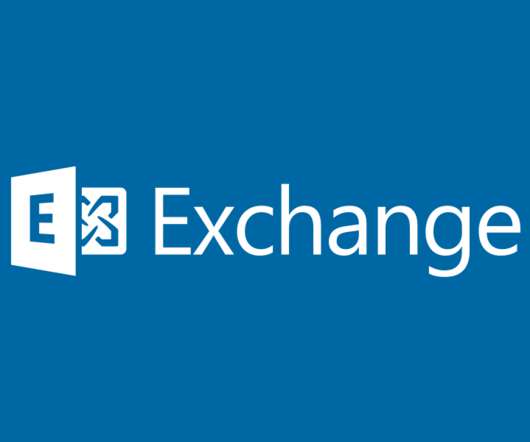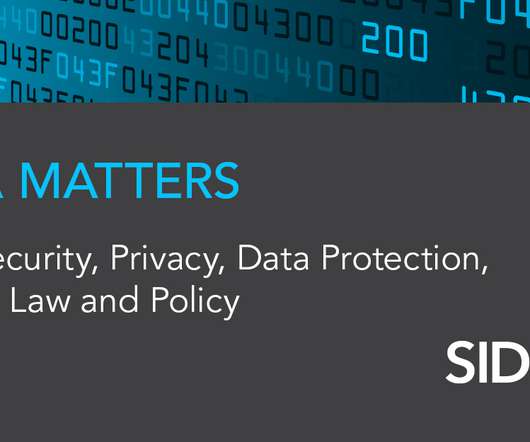The Microsoft Exchange Attack Saga Continues
eSecurity Planet
MARCH 26, 2021
This vulnerability allows an attacker to make an untrusted connection to Exchange server port 443, allowing them to send arbitrary HTTP requests and authenticate as the Exchange server. Microsoft reports that the tool has been tested for Exchange Server 2013, 2016 and 2019. The other Vulnerability Culprits.













Let's personalize your content